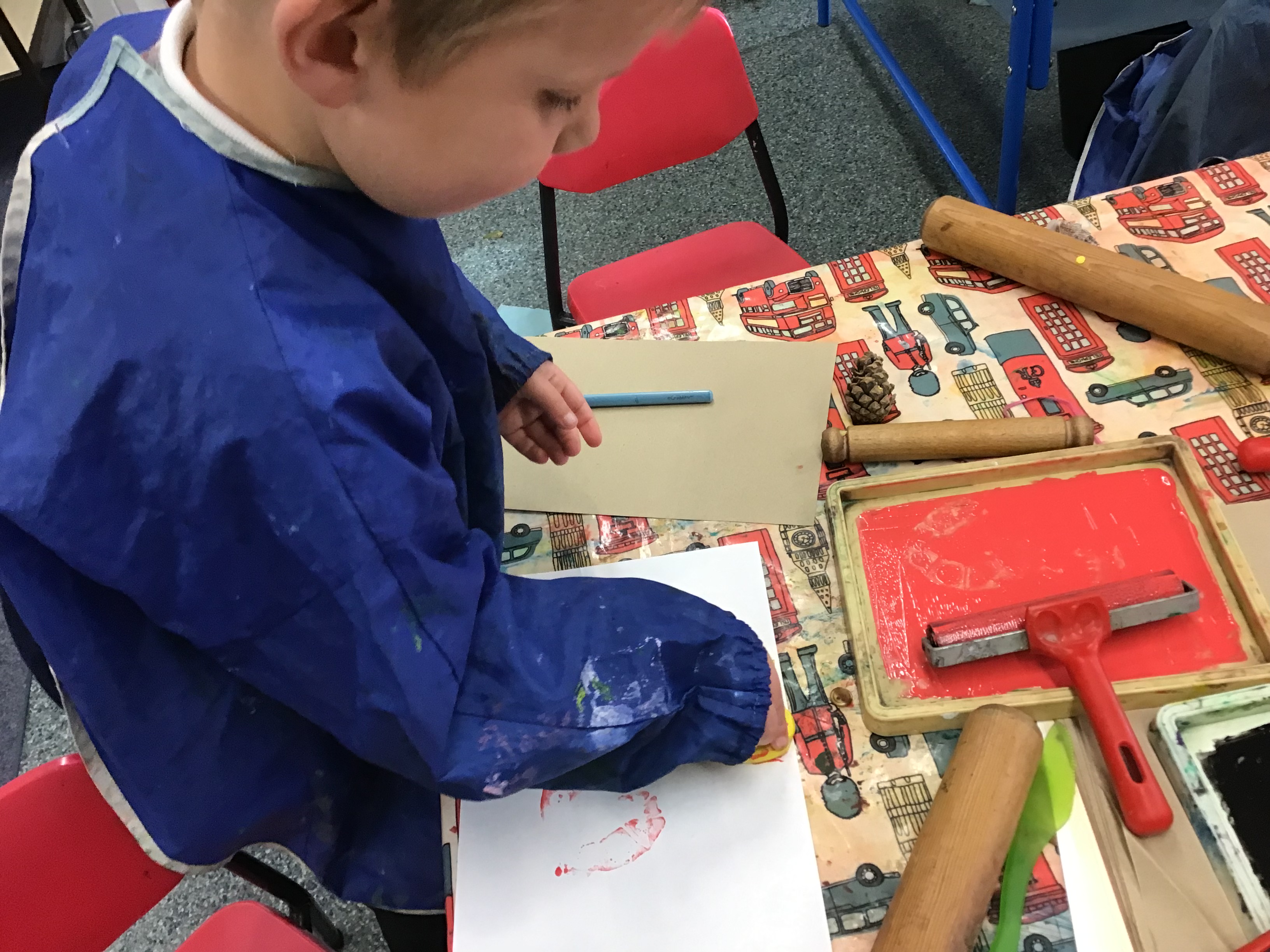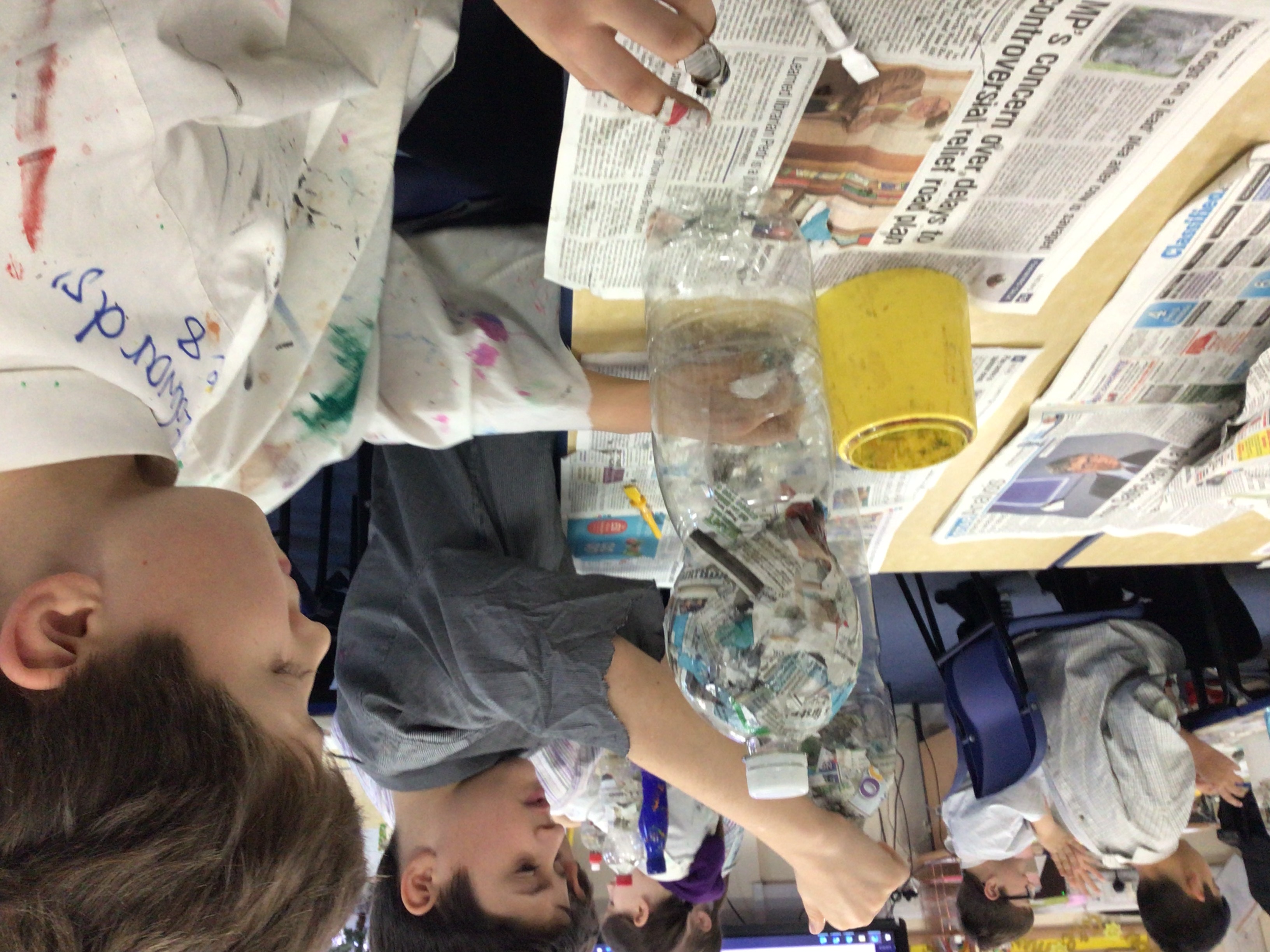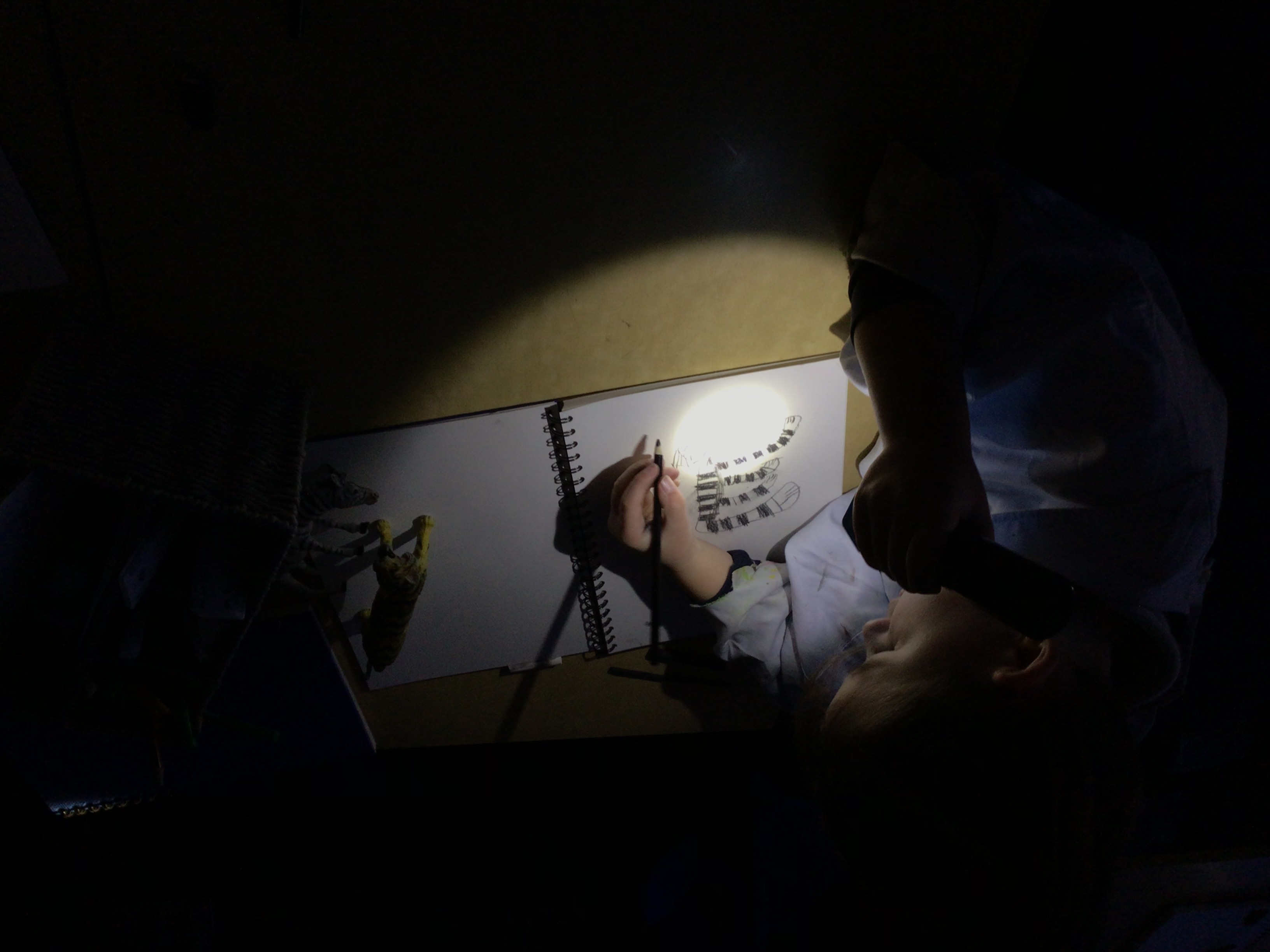Intent
A high-quality art and design education should engage, inspire, and challenge pupils, equipping them with the knowledge and skills to experiment, invent and create their own works of art, craft and design.
The national curriculum for art and design aims to ensure that all pupils:
- produce creative work, exploring their ideas and recording their experiences
- become proficient in drawing, painting, sculpture and other art, craft, and design techniques
- evaluate and analyse creative works using the language of art, craft, and design
- know about renowned artists, craft makers and designers, and understand the historical and cultural development of their art forms.
At High Ercall we aim to provide opportunities for all children to develop their substantive and disciplinary knowledge of Art, through the study of artists and makers, the creation of their own pieces and evaluation of their own and other’s work.
In EYFS, art is embedded within the curriculum and children have access to creative activities in their continuous provision, in child led, adult led and child-initiated activities. Stories and non-fiction books are used to develop their understanding of art and artists and their role in our culture.
As pupils progress towards the end of KS2, we aim to encourage them to think critically and develop a more rigorous understanding of art and design. They should know how art and design both reflect and shape our history and contribute to culture and creativity. Art sketchbooks will have evidence of both their own work and those of famous artists. Children will be able to discuss some famous artists/art movements and mention some examples of work.
At High Ercall Primary our Art curriculum enables the children to:
- develop the capacity to express ideas and feelings symbolically through various media
- develop skills and concepts through substantive practical learning
- visually perform their thinking of issues, topics and themes
- develop social skills and awareness through sharing responses
- experience personal satisfaction and self-confidence when involved in art and craft activities
- use means of self-expression which give an insight into areas of experience that cannot easily be verbalised
- develop an awareness and appreciation of a variety of cultures and societies
- develop an awareness of the disciplinary aspects of art through the study of traditional, modern and contemporary artists
- develop an evaluative response to their work and that of their peers
Our curriculum has been built to include our key curriculum drivers:
- our school values, the 5Rs
- the role of active learning
- building our children’s understanding of diversity.
In our curriculum we have also considered the journey of a child through the school, so that our curriculum is progressive even when a child remains in a class for 2 years. Each class has a two year rolling programme so that no learning is repeated.
Implementation
Art and design are organised into a two-year rolling programme for each class. Planning is based around the AccessArt curriculum and linked to genres, elements and artists, giving children a broad and balanced experience. Each term children follow a scheme of work which develops their skills and knowledge. They learn about traditional, modern and contemporary artists to ensure that the curriculum covers a diverse range of cultures, genders, styles and media.
How do we teach Art?
We teach art as a discrete lesson from Year 1 and use the AccessArt schemes of work. We do this through a mixture of whole class teaching and individual/group activities on projects in two and three dimensions and on different scales using a wide range of materials and resources, including ICT.
The scheme of work is organised so that the children build on their substantive and disciplinary knowledge each year, focussing particularly on drawing, painting and sculpture and on the work of artists. Armed with these skills and knowledge, the children can then use other techniques to express themselves and evaluate the work of others.
How do we support our SEND learners?
We recognise the fact that we have children of differing abilities in all our classes, and so we provide suitable learning opportunities for all children. This could be by:
- Additionality in adult to support fine and gross motor skills and differentiated approach to the use of mark making tools
- Use of support for recording such as word banks, sentence stems and adult scribes for the evaluation of their own work and artists studied
- Increased modelling of skills and techniques such as shading, colour mixing and sculpting
Mind maps are used at the beginning of each term to recall the previous theme. The children’s sketchbooks also show evidence of previous learning and skills, which children can use to refer to as they progress through the pathways. This also helps teachers to assess the children’s prior learning and then build up a bank of knowledge on the skills, genre, artist and movement that is being studied. The children’s ability to recall, consider, evaluate, and make links across a wider, more diverse range of work is strengthened through using sketchbooks. Regular quizzes and retrieval activities ensure that children know more and remember more.
Impact
All our staff, senior leaders and Governors, are involved in measuring the impact of our Art curriculum in different ways. Our art subject leader is Kate Caton - she is responsible for the curriculum development and evaluation, alongside senior leaders and the Governing Body.
- Art is reviewed and monitored through lesson observations, work scrutiny, discussions with pupils and monitoring of plans. The Art Subject Leader works co-operatively with all staff and regularly reviews the progress and implementation of the policy within the school. Issues arising from monitoring and review, are used to inform future targets in the action plan and School Development Plan for Art where necessary.
- Opportunities are taken to share planning at the start of each term, to support and develop ideas both with staff and children.
- Further information is gathered through discussions with pupils; highlighting strengths and achievement and any improvements, knowledge and skills that still need to be embedded.
- Governor reviews investigate lines of enquiry to evaluate our curriculum and the outcomes for the children.
- Children in EYFS are assessed within Expressive Arts and Design and their progress is tracked termly by the EYFS lead. Monitoring takes place through discussion, the EYFS lead’s knowledge of the children, and use of Tapestry to record observations. Age related expectation levels are reported to parents at the end of the reception year.




